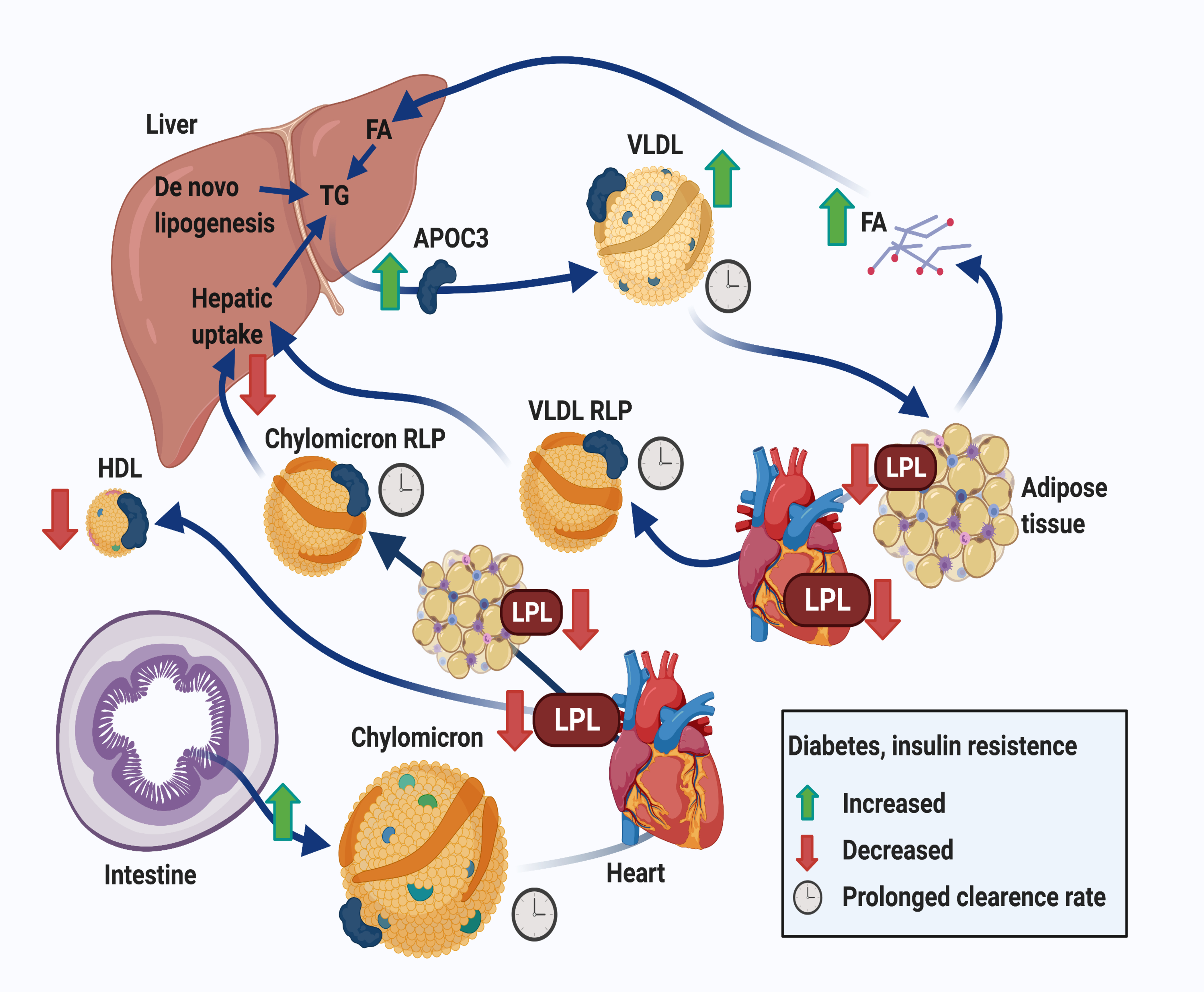Figure 3. Effects of diabetes on lipoprotein metabolism.

Insufficient insulin action in adipose tissue results in increased adipose tissue lipolysis and reduced fatty acid uptake, which in turn increases fatty acid delivery to the liver and hepatic VLDL production. Hepatic uptake of remnants as well as de novo lipogenesis also contribute to increased hepatic TG levels and VLDL production. Insufficient hepatic insulin action causes an elevation of APOC3 levels, which reduce lipolysis and hepatic clearance of VLDL and chylomicrons, derived from the intestine after a meal, and their remnant lipoprotein particles (RLPs). Together, these effects result in a reduced clearance rate of triglyceride-rich lipoproteins (VLDL and chylomicrons) and RLPs, including their cholesterol content (indicated by a clock). Furthermore, diabetes is associated with reduced lipoprotein lipase (LPL) activity, primarily in adipose tissue and heart, further contributing to the slowed clearance of triglyceride-rich lipoproteins. When LPL activity is severely inhibited, which is observed primarily in T2DM, HDL levels are reduced as a result. Moreover, human studies demonstrate that chylomicron secretion is increased in T2DM. Together, the overproduction and reduced clearance of triglyceride-rich lipoproteins and their remnants are features of both T2DM and poorly controlled T1DM, although the relative extent of these processes differ with glycemic control and type of diabetes. Created with BioRender.com.
